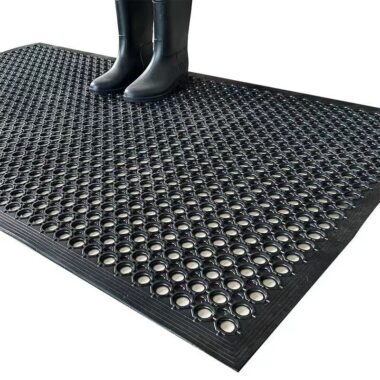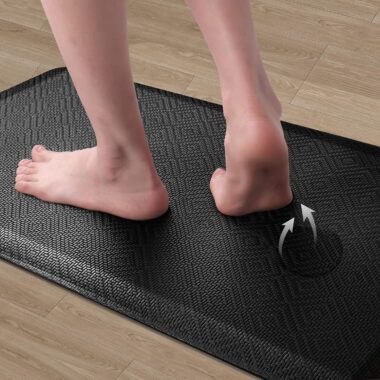Introduction: A Market on the Rise
The global mat industry is expanding rapidly, driven by demand from residential, commercial, and industrial sectors. Mats are no longer simple floor coverings; they are safety tools, ergonomic solutions, and brand enhancers. As we move into 2025, Mat manufacturers are focusing on sustainability, innovation, and wholesale growth to meet global buyer needs.
Growth Drivers in the Mat Industry
Several factors are fueling growth across the mat market:
-
✔ Rising Safety Standards – Regulations in industrial and hospitality sectors requiring non-slip and ergonomic mats.
-
✔ Home Décor Expansion – Consumers investing more in stylish mats for living rooms, kitchens, and bathrooms.
-
✔ Fitness Boom – Gyms and wellness centers driving demand for sports flooring.
-
✔ Hospitality & Retail – Hotels, resorts, and malls purchasing mats in bulk.
These trends are creating consistent opportunities for distributors and wholesale buyers.
Sustainability as a Core Focus
Sustainability is no longer optional—it is a competitive advantage. Manufacturers are innovating with:
-
Eco-Friendly Materials – Coir, bamboo, recycled rubber, and biodegradable fibers.
-
Green Certifications – Compliance with eco-labels to appeal to environmentally conscious buyers.
-
Circular Economy Models – Mats designed for recycling and reuse.
Distributors sourcing through Mat wholesale channels now find eco-mats to be among the fastest-growing product categories.
Innovations Shaping the Market
In 2025, mat innovations extend beyond material choices:
-
Smart Mats – Featuring sensors for workplace safety and performance tracking.
-
Dual-Function Designs – Combining drainage and anti-fatigue features.
-
Customization Technology – Digital printing for high-definition logos and branding.
-
Ergonomic Engineering – Advanced cushioning for employee wellness programs.
These innovations give buyers new opportunities to differentiate in competitive markets.
Opportunities for Global Buyers
For importers and distributors, mats represent a highly versatile product category:
-
Retail Chains – Offering seasonal and branded mat collections.
-
Hospitality Industry – Hotels requiring large-scale bulk procurement.
-
Industrial Clients – Compliance-driven orders for drainage and anti-fatigue mats.
-
E-commerce – Growth of online platforms fueling demand for custom designs.
By partnering with experienced manufacturers, buyers gain reliable bulk supply and OEM flexibility.
Conclusion: The Future of Mats in 2025
As the industry evolves, mats are no longer just functional—they are strategic products aligned with safety, design, and sustainability goals. For global buyers, sourcing from certified mat manufacturers and wholesale suppliers ensures access to innovative, eco-friendly, and customizable solutions. With 2025 bringing new trends and opportunities, the mat industry is set for sustained growth worldwide.














